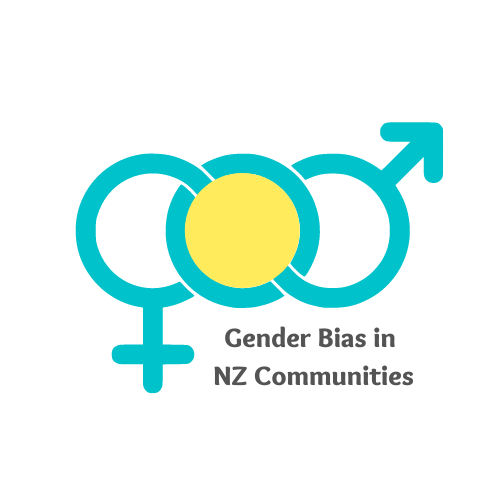About the project
.

Who are ‘Missing Women’?
About the Gender Bias in New Zealand Communities Project
Since the 1980s, numerous studies conducted in countries such as India and China have shown that Male: Female sex ratios are unbalanced. The proportion of girl children in the population is lower than should occur naturally leading to concerns that there are millions of ‘missing women’ in Asia. Research confirms that these trends are the result of deliberate actions, mainly sex-selective abortion, arising from cultural devaluation of girls and son preference in these societies.
Recent research in migrant-receiving countries like the United States, Canada, the United Kingdom, Norway, and Australia has shown similar skewed Male: Female ratios among ethnic minority and migrant communities, highlighting the continuation of similar discriminatory practices in these societies
Gender Bias in New Zealand Communities explores gender bias in-utero and in childhood among New Zealand’s ethnic and migrant communities.
The key questions of the project are:
-
Is there gender bias in New Zealand communities?
-
If so, what is its profile, and what are its underlying determinants and drivers?
The project uses a multi-method research design, drawing on a rich diversity of data that includes the Census, Coroner’s reports, perinatal data, interviews and community focus groups.
This project is funded by the Health Research Council’s Explorer Grant 2019-21 (No. 19/730).
Project Phases
Year 1: Quantitative Data
Our study began with a quantitative exploration of data on mothers and babies available stored within the Statistics New Zealand Integrated Data Infrastructure. To date we have utilised data collected by the Ministry of Health, Ministry of Business, Innovation and Employment, the Department of Internal Affairs and historical Censuses from 1976-2013.
We explored the association between sex ratios birth and from 0 – 5 years of age with factors such as ethnicity, visa status and age of the mother, parity and family composition.
Based on this study, there was no evidence of ‘missing women’ among migrant communities in Aotearoa, though family composition suggested that there may still be preferences for male children. These findings are detailed in our article:
Year 2- Current: Qualitative Research
Our current phase of research involves in-depth interviews of parents and practitioners.
Interviews with parents asked about their perceptions and experiences of pregnancy and childbirth, traditional values, gender inequities and the impact of migrating.
Practitioners, such as midwives and specialist doctors were asked about their experiences working with migrant mothers, gender inequities and abortion care services.